After a great deal of paddling, it seems that what was first labelled ethnography, then primitive and latterly tribal art is at last out of the tributary and into the mainstream. It might have seemed that the battle was won when art premiers was finally allocated galleries in the Museé du Louvre in 2000, but perceptions are slow to change. In this war of attrition, the art trade has played a key role, and not least Sotheby’s which has not only removed the tribal tag but also strategically timed its Art of Africa, Oceania, and the Americas auctions and pre-sale views to coincide with those of Impressionist, modern and contemporary art, in Paris and New York. Around the May sales in New York this year, it was particularly striking to see both Frieze New York and TEFAF New York Spring offer stands to three tribal art specialists – and to have a third iteration of 1:54 Contemporary African Art Fair.
In Paris this September, it is the relationship between traditional African art and contemporary art practice that is explored in the Espace Tribal that is the heart of the annual Parcours des Mondes in the galleries around Saint-Germain-des-Prés (12–17 September). For this space (22, rue Visconti), Javier Peres, this year’s honorary president, was invited to create a show. ‘I decided to focus on my interest in East Nigerian tribal art and on two young artists who I work with and whose work I find exciting and also collect,’ explains Peres, a Cuban-born, Berlin-based contemporary art dealer and tribal art collector. ‘Both are in some way connected in spirit with African tribal art in particular.’
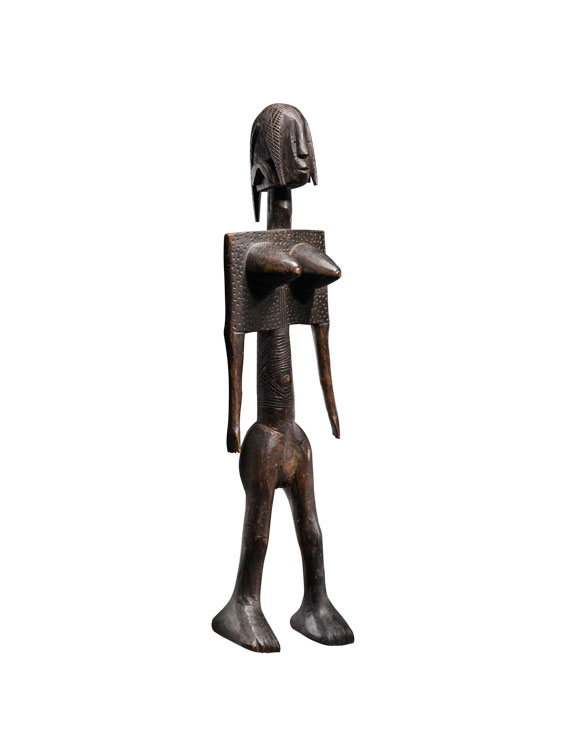
Statue (early 20th century), Bambara, Mali. Galerie Lucas Ratton. Photo: Vincent Girier Dufournier
Donna Huanca is a Bolivian-American artist whose work is born out of painting and performance art. Before her staged performances she typically paints the naked bodies of the performers – usually women or trans women – and, Peres says, the pieces have a socio-religious tribal quality that is not so much looking back to traditions but looking forward through the lens of a global perspective. The large-scale works of the Turkish-German artist Melike Kara are drawn in oil stick and seem to document important, multigenerational cultural events. Although brought up in a secular German world, she feels connected to the traditions of her family who were shamans in central Turkey. ‘My theory is that these young artists are working through the likes of Picasso and Baselitz who looked at African art and are indirectly connecting to it,’ Peres says.
While their work will be shown alongside Nigerian pieces selected from the inventories of participating dealers, at least two of this year’s thematic exhibitions examine the kinds of tribal art that inspired artists in the early 20th century. Charles-Wesley Hourdé’s exhibition ‘Picasso masqué’ (40, rue Mazarine) presents the likes of a Baga shoulder mask – a mask of this type inspired Picasso’s series of portraits of Marie-Thérèse Walter – as well as Lwalwa and Dan masks, and a New Caledonian figure (Picasso had several).
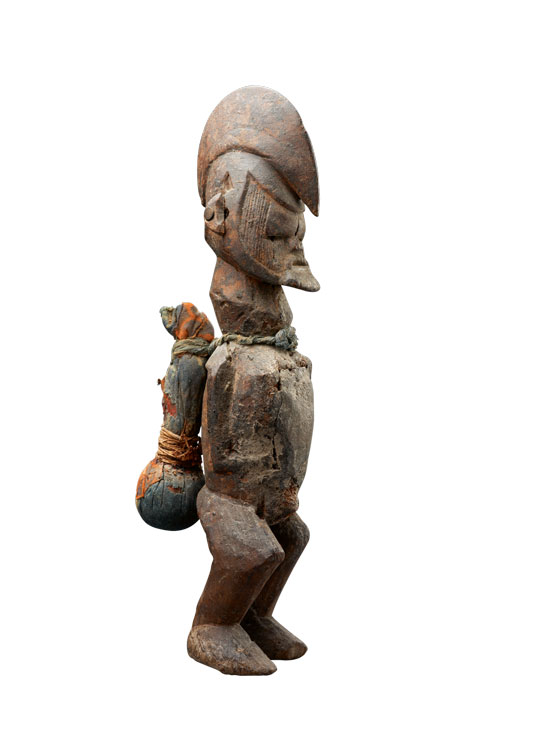
Fetish, Bateke, Congo-Brazzaville. Galerie Abla and Alain Lecomte. Photo: Paul Louis
Another feature this year is an emphasis on French Polynesia to coincide with the publication of a mighty and multi-authored reference work on tapa cloth, Tapa, De l’écorce à l’étoffe, Art millénaire d’Océanie (Somogy éditions d’Art). The Espace du Crous on the Rue de l’Abbaye presents an exhibition of large contemporary tapas from Tonga, Fiji, and the Marquesas Islands among others, as well as bark-beating demonstrations and a series of films and lectures. Among the exhibiting dealers, Galerie Meyer shows a 19th-century blue tapa from Santa Isabel in the Solomon Islands, as well as examples from the Lake Sentani area of New Guinea (17, rue des Beaux-Arts). Michael Evans offers around 20 war clubs – ‘beautiful and brutal wood’ – from across the South Seas (16, rue Guénégaud).
One of the pleasures of the annual Parcours gallery trail – marked by festive orange flags – is such focused exhibitions. Galerie Lucas Ratton, for instance, zooms in on Mali to offer a group of Bambara works – masks, marionettes and other ritual sculptures – in a show and catalogue that have been several years in the making (33, rue de Seine). Galerie Dodier similarly looks to Mali in another long-gestated project, but this time to both the Dogon and Bambara groups (35–37, rue de Seine). At 4, rue des Beaux-Arts, Galerie Abla and Alain Lecomte revisit the Lower Congo; Dandrieu-Giovagnoni unveils rare and little-known sculptures from the Volta River in Ghana (15, rue des Beaux-Arts).
Others present thematic exhibitions. Yann Ferrandin’s is entitled ‘Prestige et Pouvoir’ and brings together a wide-ranging group of staffs, adzes, rattles, stools, headrests and the like which were the preserve of chiefs, shamans and initiates. At one level items of everyday life, they also speak of myth and ritual, marvels and metaphors. As ever the emphasis is on the aesthetic value of the pieces, most of which are hitherto unpublished (33, rue de Seine).
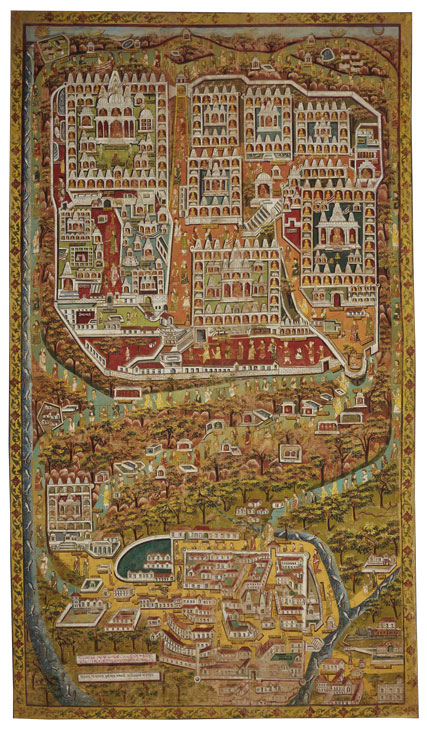
Jain pilgrimage map of Satrunjaya (c. 1925–26), Palitana, Gujarat, India. Kapil Jariwala Gallery. Photo: Mark Colliton
While the great continent of Africa has a tendency to dominate proceedings, Parcours des Mondes also embraces the Americas, the even larger land mass of Asia and the ancient cultures of Europe and the Mediterranean. One of the most intriguing of the shows is ‘Mapping Belief’, presented by Kapil Jariwala (49, rue de Seine). Here is an expression of man in relation to both his physical, terrestrial world and to the cosmos, as represented by the maps produced in India in the 18th and 19th centuries. Jambudvipas – esoteric maps that show the universe according to the Jain conception of creation – are contrasted with the likes of large-scale pilgrimage maps.
Perhaps Aboriginal ‘dreamtime’ paintings may also be seen as cosmic maps, and in a first for Paris, Aboriginal Signature – Estrangin Fine Art offers recent work from the isolated settlements of the APY Lands of Australia (41, rue de Seine). In pride of place hangs Betty Kuntiwa Pumani’s three-metre-high Antara – Dreaming Time Stories.
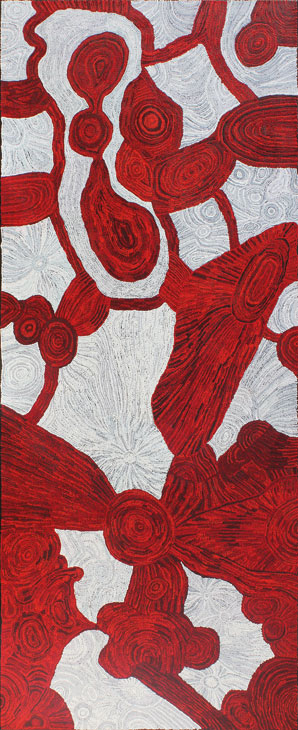
Antara – Dreaming Time Stories (2015), Betty Kuntiwa Pumani, APY Lands, Australia. Aboriginal Signature – Estrangin Fine Art. Courtesy the artist and Mimili Maku Art Center; © Aboriginal Signature
Parcours des Mondes takes place in the galleries around Saint-Germain-
des-Prés, Paris, from 12–17 September.
Unlimited access from just $16 every 3 months
Subscribe to get unlimited and exclusive access to the top art stories, interviews and exhibition reviews.

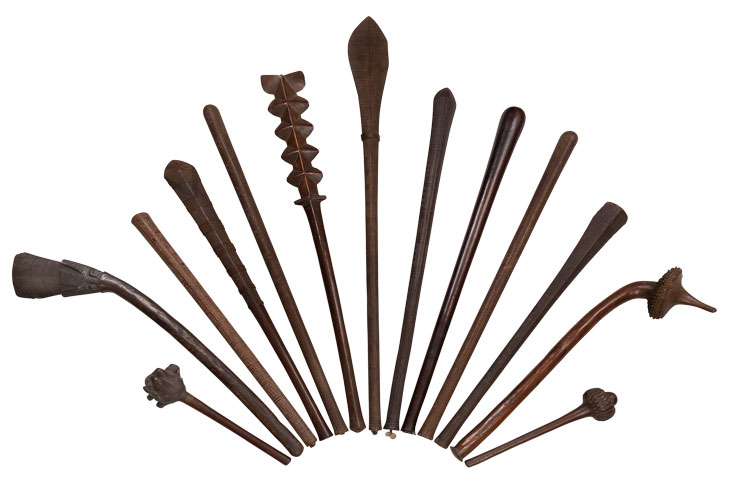
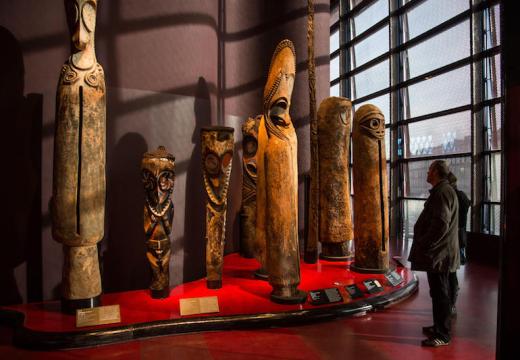
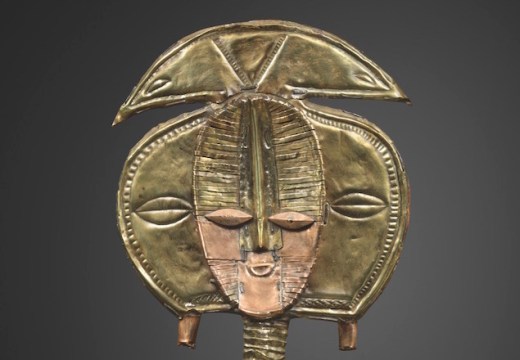
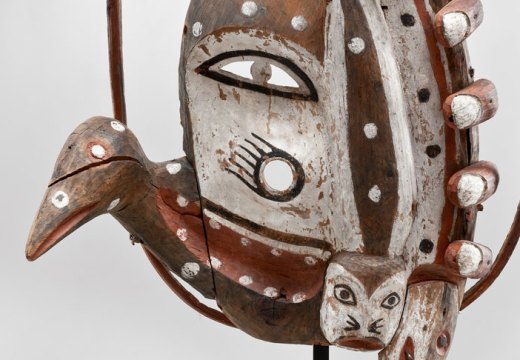









![Masterpiece [Re]discovery 2022. Photo: Ben Fisher Photography, courtesy of Masterpiece London](http://www.apollo-magazine.com/wp-content/uploads/2022/07/MPL2022_4263.jpg)
It’s time for the government of London to return to its rightful home